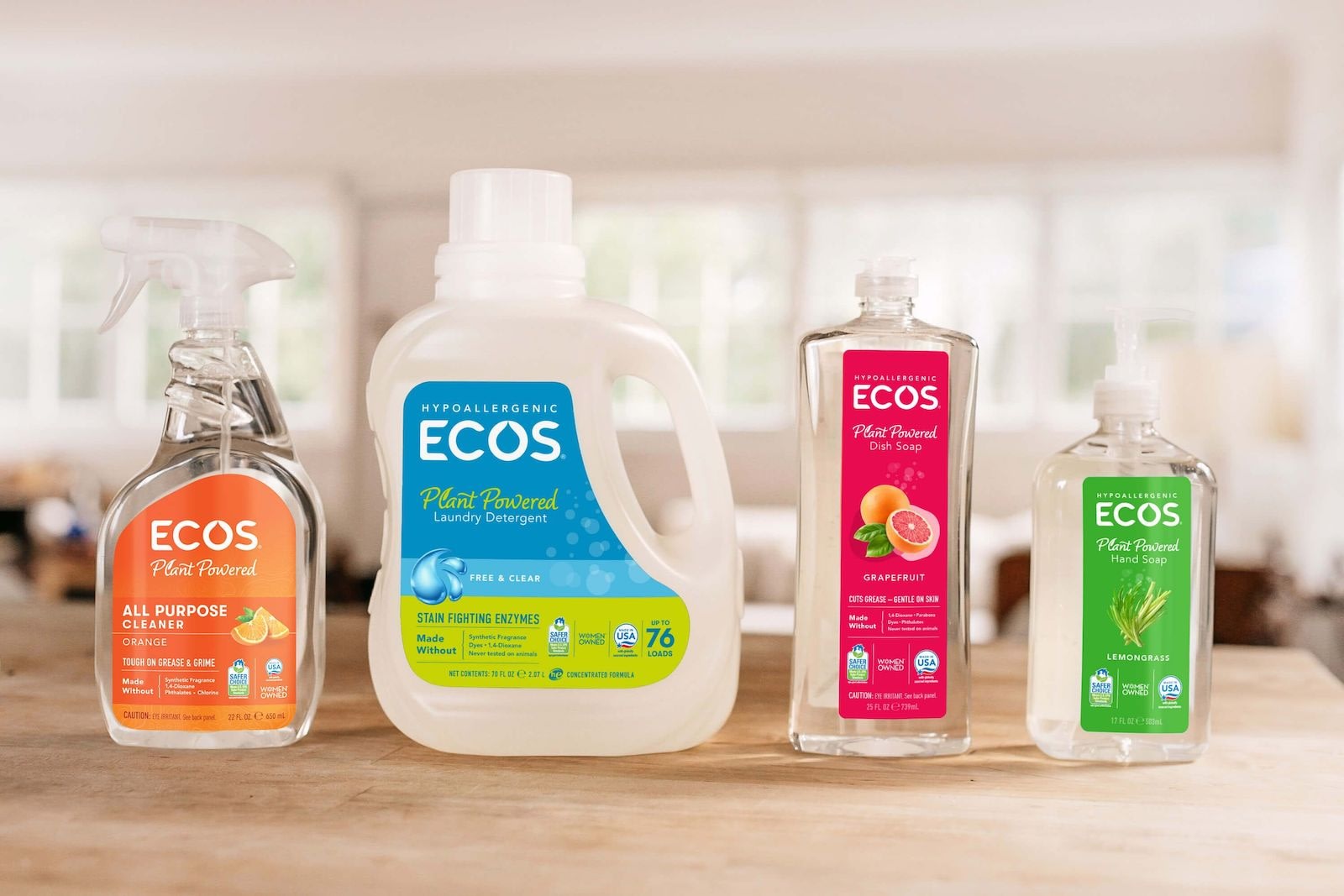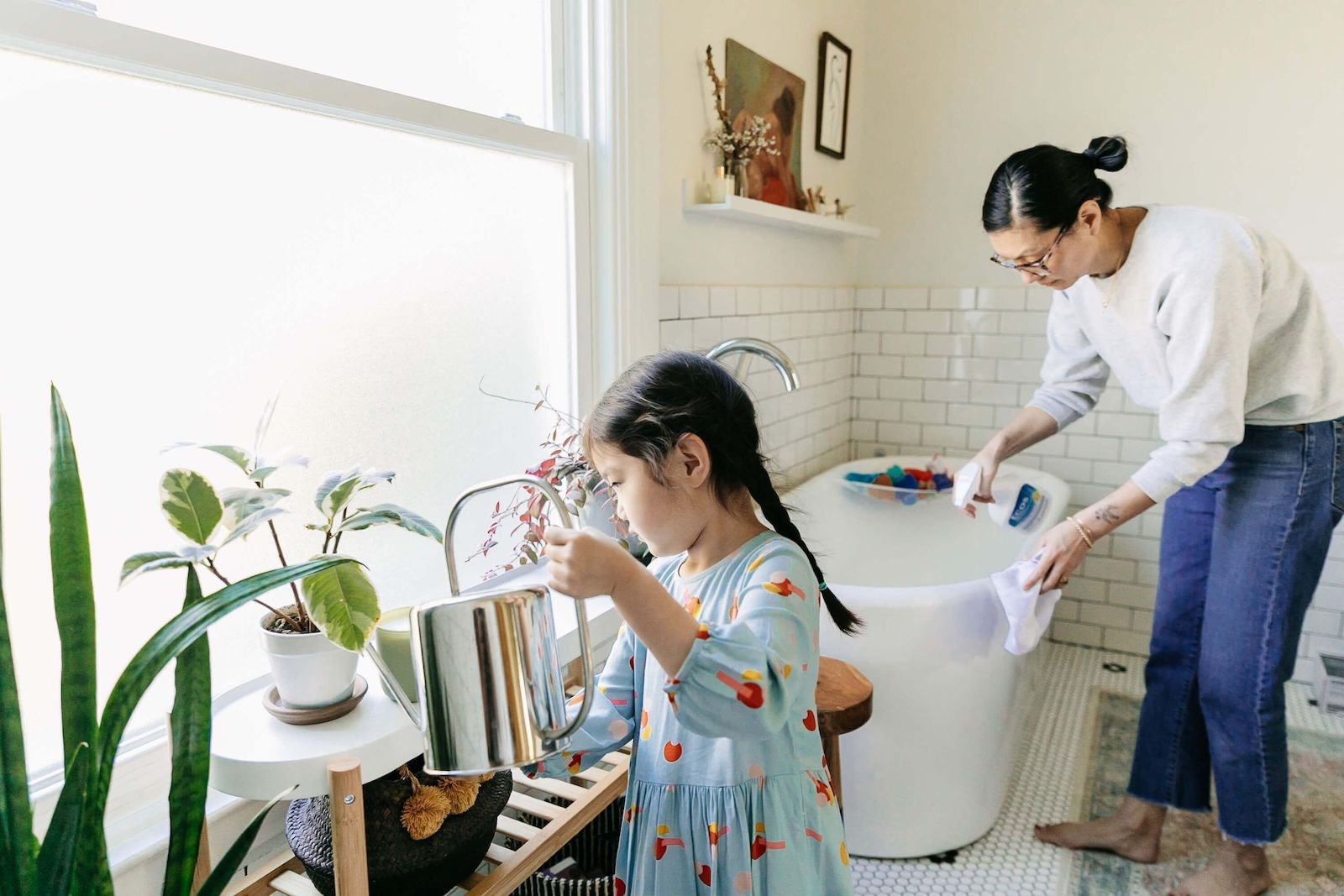10 Surprising & Affordable Ways to Reduce Toxins in Your Home
7 minute read

We understand the importance of creating a safe environment for you and your loved ones without breaking the bank. While buying organic groceries is a fantastic step towards reducing toxins, we know it can be a strain on the wallet.
However, there are numerous affordable alternatives that can help you create a healthier home. In this blog post, we’ll unveil cost-effective strategies to minimize toxins and promote well-being within your living space.
10) Prevent Pests Using Natural Methods – Not Pesticides
Pesticides can kill pests in your home, but they can also leave your home overloaded with toxic chemicals. That’s why many experts recommend preventing pests using natural methods instead.
Pesticides are linked to asthma, learning disabilities, brain disorders, and developmental issues in children. Pets and children are particularly susceptible to the effects of pesticides.
Some of the affordable ways to prevent pests and reduce toxins include:
- Wash dishes and clean up food residue
- Keep food packages tightly closed
- Seal cracks through which pests could enter your home
- Pull weeds instead of spraying herbicide on your lawn
- Try natural bug deterrents like cayenne pepper, dishwashing liquid and water

9) Invest in a Tap Water Filter Instead of Buying Bottled Water
Some people buy bottled water to reduce toxins in their home. On the other hand, buying bottled water can actually increase toxins in your home.
In the United States, the EPA strictly regulates the quality of local drinking water. Bottled water must also meet certain standards, although those standards are less strict.
Invest in a filter for your tap water – like an under-sink filter. Filtered tap water can help you enjoy cleaner, safer drinking water without the additional carbon footprint.
8) Stop Wearing Shoes Indoors
If you want to limit toxins in your home, stop wearing shoes – or at least the same ones you wear outside.
Wearing shoes indoors can track germs, bacteria, chemicals, and other contaminants throughout your home. You’re spreading whatever you stepped in – and whatever your guests have stepped in – all over your home.
7) Change Furnace and Air Filters Every 3 Months
Furnace and air filters should be changed every three months, according to experts. In fact, some recommend replacing them every month for maximum efficiency and indoor air quality.
The longer you wait before replacing a furnace or air filter, the less efficient it will be – and the dirtier your indoor air becomes. Mark your calendar and replace your air filters regularly.

6) Buy Affordably Priced ECOS Household Cleaning Products
Many household cleaning products are loaded with harmful chemicals. These chemicals could linger in the air after you’ve finished cleaning.
Safer cleaning products, on the other hand, use plant-derived ingredients and less harsh chemicals for a similar clean with safer formulas.
ECOS was founded on the principle of affordability because we believe everyone has the right to a healthy home. Today, we continue to recognize that value by extracting costs from our operations with concentrated formulas that give you more cleaning power for less money per load or per ounce, and reducing packaging to reduce waste and transportation costs. No matter your budget, you should be able to enjoy a cleaner and safer home.
5) Dust Your House Regularly
Despite cleaning often, dust inevitably builds up. Dust is made up of cells, fibers, pollen, bacteria, and a variety of dirt and toxins carried in from outside. Dusting regularly will reduce toxins in your home:
- Vacuum weekly
- Clean the vacuum bag and filter with each use to prevent dust from spraying back into the air
- Replace carpet with wood, tile, or non-vinyl linoleum, if possible
- Dust surfaces regularly, and pay attention to areas in your home where dust tends to collect
4) Test Your Home for Lead Paint
If your home was built before 1978 (the year lead paint was banned), it could have lead paint.
Your home may be overloaded with toxins through no fault of your own. In fact, many old homes contain lead paint and other toxic substances that could be silently harming health.
Some local health departments offer discounted lab paint testing for $20 to $50. Alternatively, you can hire a local professional to test samples around your home. It’s a small investment that could bring peace of mind or a warning to repaint your home before your health is affected.
3) Check for Radon Gas Leaks, Even in Newer Homes
Older homes may have lead paint, but homes of all ages could have radon gas leaks. Homes could have radon gas due to the natural breakdown of the soil underneath the foundation of your home. Even if your home is well-built and sealed, you could have a radon gas problem silently harming your family’s health.
Radon gas isn’t just an annoyance: it’s a life-threatening problem. Radon gas inhalation is the second-leading cause of lung cancer, after smoking.
You can buy an inexpensive radon test kit online or at a local hardware store to check your home for radon gas.

2) Check Plastic Bottles and Canned Goods for BPA
Bisphenol A, or BPA, is a chemical found in certain types of plastic bottles and canned goods. There’s some debate over the danger of BPA, but early research has linked BPA to developmental issues and serious health risks in fetuses, infants, children, and adults.
Check plastic bottles and canned goods for BPA. If you’re unsure, recycle or repurpose plastic bottles and buy new ones. Other tips include:
- Choose water bottles with recycling symbols 1, 2, or 5 on them (avoid water bottles marked with a “7”) or, better yet, avoid single-use plastic bottles and use reusable water bottles. Same goes for coffee and tea mugs.
- Avoid microwaving plastic food containers, as heat can cause plastic to leach into your food
- Limit your consumption of canned foods (many cans are lined with an epoxy resin)
- Store or microwave foods in glass or ceramic containers
1) Open Windows to Circulate Air
We’ll end with a free and proven tip: open your windows to circulate air. Your indoor air quality may be 2-5 times, or even 100 times, worse than the outdoor air quality.
Even cracking your windows for a few minutes per day can help circulate air, refresh your home, and reduce indoor airborne contaminants.
In fact, this tip works even if you live in a polluted city. If you live near a busy road, then consider opening your windows at night when traffic is less. However, all ventilation can help circulate fresh air into your home.
In conclusion, creating a safe and toxin-free home doesn’t have to come with a hefty price tag. By incorporating the compelling tips shared above, you can take significant strides towards reducing toxins in your living space without breaking the bank.
